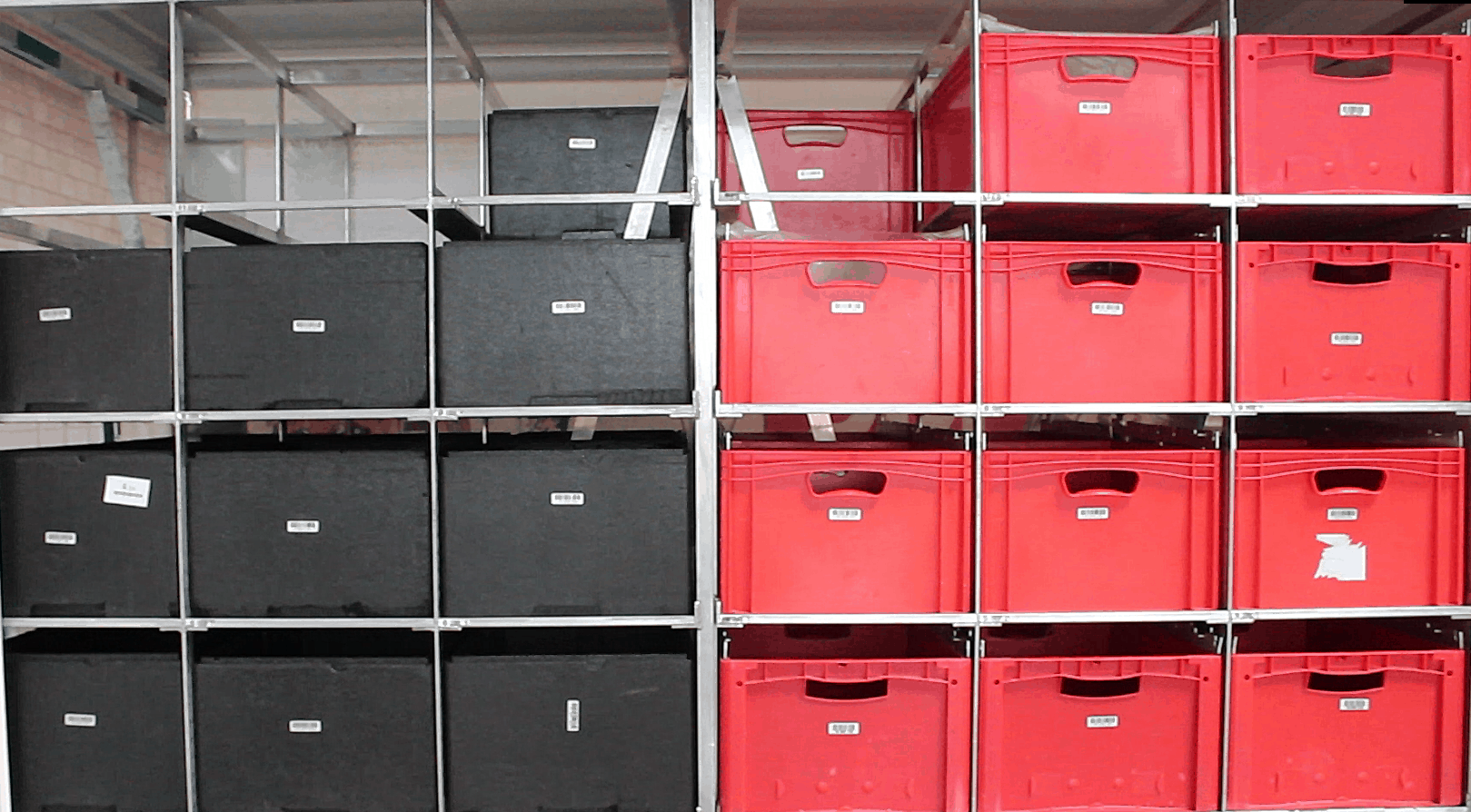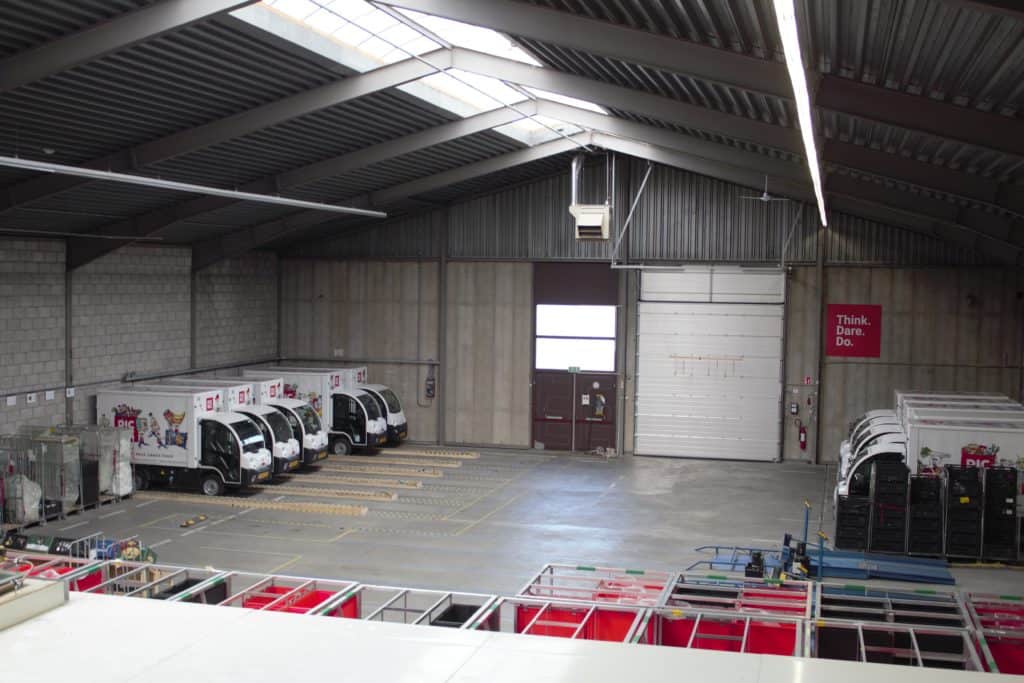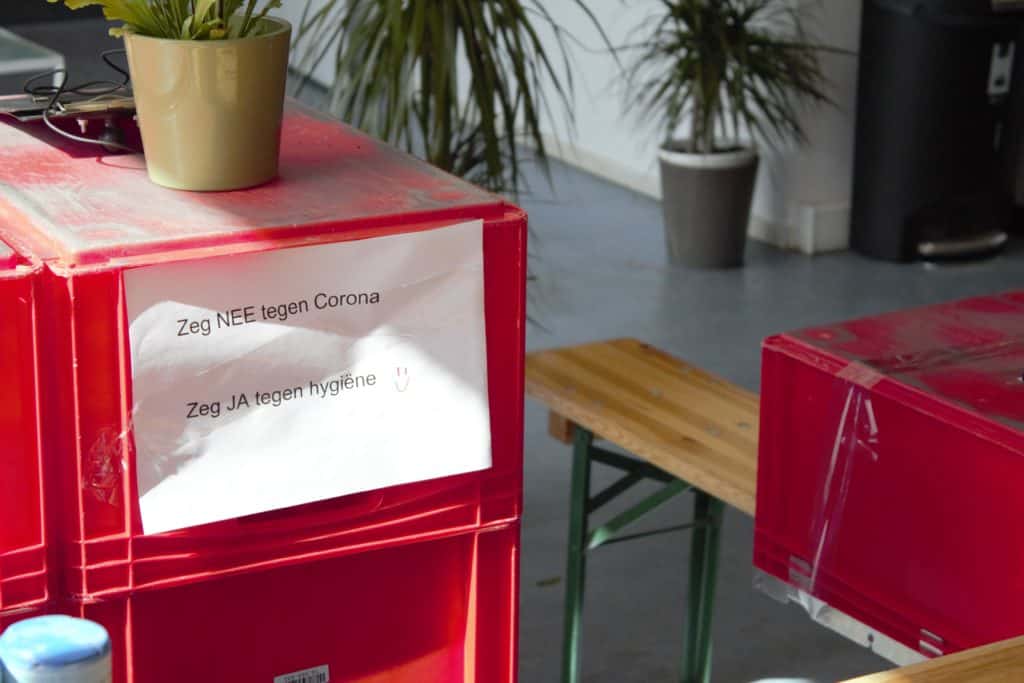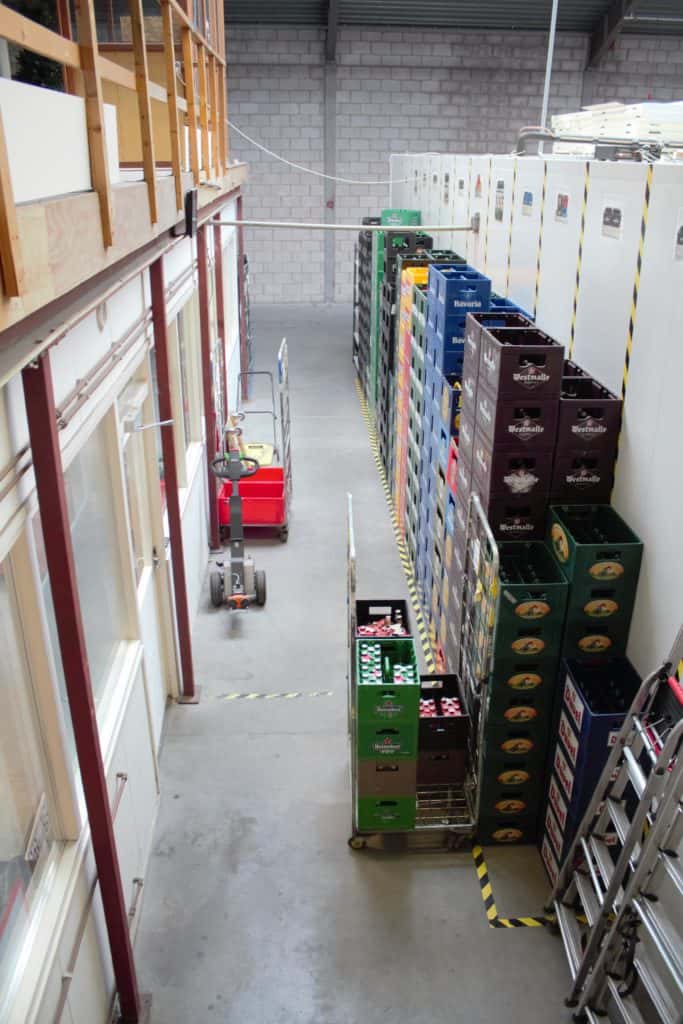
Methodology and ethics
By using many different methods, I have experienced that you can gain a lot of different sorts of knowledge. I noticed that the method participant observation worked well for me, because it is something I had to do more often during the bachelor. Starting with an interview, I found that I was able to find my focus points better and because of this I knew what to pay attention to during filming. The focus points I wanted to focus on were mainly the actions, the change of actions and the personal influence that the whole situation has had on Christien. Photographing made it easier to practice looking through the lens for images that depict the protagonist’s reality. For example, I noticed that many changes where something was added to the space were easy to visualize, but that it was more difficult to depict something that is no longer possible or allowed, such as empty streets and no longer being allowed to have contact with colleagues. By combining my photos with my interview, a photo elicitation interview, my protagonist was able to better understand how I had certain images in my head. I asked her for suggestions to understand what I could add to my selection of images. The images experienced as important by Chrsitien are presented in the gallery down below.
I would describe my film as smooth but set. I noticed that continuity editing was a film style that suited me very well. I could easily anticipate situations, so that I could already think ahead of certain movements and was already fitting piecies of film together in my head. In my opinion, the film style also fits well with the situation, because a step-by-step plan is also implemented here. The activities are carried out step by step, just like in continuity editing where all steps are connected. During the part about Christien’s personal experience, engagement with the filmmaker was visible. Here I chose handheld filmed pieces and asked questions. Through this combination I hope to have made a set yet smooth ethnographic film.
Something I learned during this course that made a big impression on me is the important role of sound in a film. The visual is often preferred to the audible in films. Both the visual and auditory aspects of a social world are shown, but the ‘despotism of the eye’ makes image more important than sound. However, the combination of sound and image is what provides the “thick description” that anthropology often strives for (Veronie Rouschop 2020; Henley 2007: 58). A film can convey more knowledge when sound and image are working well together. When more attention is paid to sound in films, the quality of the film will be higher (Henley 2007: 55). In my film I have made image and sound equally important by passing sound over different fragments, in order to make the film more of a unity (Veronie Rouschop 2020).
Few other people can be seen in my movie. This had to do with ethical aspects. Firstly, this affected my film because I was unable to record the contact between Christien and colleagues. Because of this I was unable to capture an essential part of Christien’s work experience. However, I have taken the consideration not to commit colleagues due to both Corona rules and ethical reasons, as not filming it would reduce risks to do harm or to get sick. A second ethical consideration that I have come across is contact with customers, which is also an essential part of the work activities. Because the customers of the trip that Christien will drive are known only on the day itself, I could not inform the customers in advance or ask if they wanted to be filmed. I also didn’t want to scare off a customer by just taking my camera with me on a trip, because this could do harm to Christien’s or Picnic’s status. Therefore I went with Christien on a trip on the day we got Picnic delivered at our own home. I informed my other roommate that he would be filmed and that it would be used for my movie. I wanted to find a balancing way between the process of filming with the customer and not confronting a customer uninformed through just bringing the camera and its consequences.








